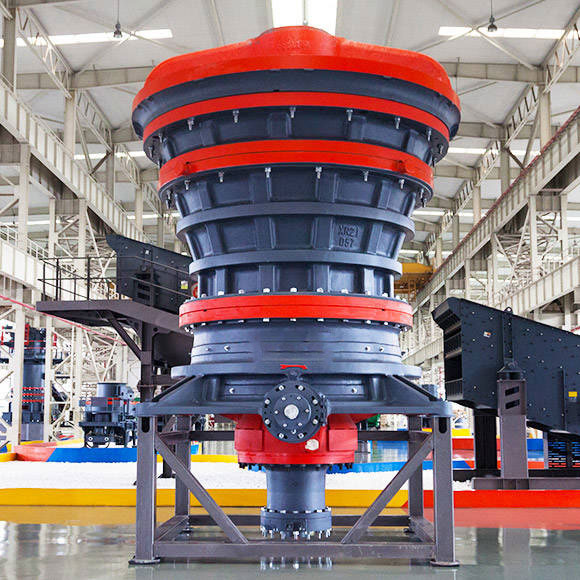Installing a gyratory crusher is a complex process that requires careful planning, skilled personnel, and the proper equipment. Here are the key steps to consider:
1. Pre-Installation Preparation
Before starting the installation process, ensure that all necessary tools, materials, and personnel are ready. This includes crane equipment for lifting heavy components, alignment tools, and safety gear for workers. It is also critical to check the foundation where the crusher will be installed to ensure it is level and can support the weight of the machine. Proper drainage should be implemented to prevent water accumulation at the site.

2. Foundation and Base Installation
The foundation is crucial for the stability and performance of the gyratory crusher. Install the anchor bolts into the pre-cast holes of the foundation and ensure they are aligned correctly. Afterward, the base of the crusher must be placed and aligned on the foundation. This alignment is essential for the overall functionality of the crusher, as even slight misalignments can cause excessive wear or operational failure.
3. Lowering the Main Shaft
Once the base is secured, the next step is to lower the main shaft of the gyratory crusher into the assembly. The main shaft is one of the heaviest components and should be handled with caution. Use a crane to position it correctly, ensuring that it aligns with the bearings and other internal components. Proper lubrication is also essential at this stage to ensure smooth operation once the machine is running.
4. Installing the Mantle and Concave
The mantle and concave are two key wear parts in a gyratory crusher that crush the material. Carefully install these components, ensuring proper fit and alignment. It’s crucial to follow manufacturer guidelines for bolting and securing the concave. Improper installation can result in uneven wear, reducing the life span of these parts. Regular checks and adjustments may be necessary during operation.
5. Electrical and Hydraulic Connections
After the mechanical components are installed, the next step involves connecting the electrical and hydraulic systems. These control the operation of the crusher, including the power supply, lubrication system, and hydraulic adjustment mechanisms. Ensure all connections are properly sealed and that the system undergoes thorough testing before initiating operations. Once completed, perform a series of test runs to ensure the gyratory crusher operates smoothly.

